Achilles Tendinopathy

About
The Achilles tendon is the largest and strongest tendon in the body, connecting the calf muscles (gastrocnemius and soleus) to the heel bone (calcaneus). It plays a crucial role in activities such as walking, running, and rising onto the toes, enduring forces up to 12 times body weight during high-intensity activities.
Achilles tendon pain, often referred to as Achilles tendinitis, typically results from inflammation caused by overuse or excessive strain. Over time, untreated tendinitis may lead to the formation of less flexible scar tissue, tendon tears, or even rupture.
Causes
Achilles tendinitis is primarily caused by repetitive stress or overuse of the tendon. Common contributing factors include:
- Tight or fatigued calf muscles – These place additional strain on the Achilles tendon.
- Improper warm-up or stretching – Failing to properly stretch the calves increases the risk.
- Intensive activities – Hill running, sand running, and speed work can stress the tendon excessively.
- Biomechanical issues – Over-pronation (feet rolling inward excessively) increases susceptibility.
- Sudden changes in activity – Increasing intensity or mileage too quickly can trigger pain.
Symptoms
Achilles tendinitis symptoms may include:
- Pain along the back of the tendon, ranging from dull to sharp, often worse after rest or vigorous activity.
- Swelling and redness, typically 2-3 cm above the heel bone.
- A palpable nodule or scar tissue along the tendon.
- Limited ankle flexibility.
- Pain onset when increasing physical activity, such as running mileage.
Diagnosis
A physical examination is typically used to diagnose Achilles tendinitis. A healthcare provider may also assess flexibility, strength, and biomechanics. Imaging, such as ultrasound or MRI, may be required to evaluate the extent of damage in severe cases.
Treatment
Early intervention is essential to manage Achilles tendinitis and prevent complications like tears or ruptures. Treatment approaches include:
- Rest and Ice – Apply ice for 20 minutes every 2-3 hours during the first 48-72 hours to reduce inflammation.
- Non-Steroidal Anti-Inflammatory Drugs (NSAIDs) – Help relieve pain and inflammation.
- Stretching and Strengthening Exercises – Targeting calf muscles to improve flexibility and reduce strain on the tendon.
- Custom Orthotics – Address biomechanical issues, such as over-pronation, to alleviate stress on the tendon.
- Dry Needling – May be used to release tension and promote healing.
- Prolotherapy – For chronic pain, this treatment stimulates healing and provides pain relief.
- Footwear Adjustments and Strapping – Proper shoes and support can prevent further stress on the tendon.
In severe cases, where conservative treatments are ineffective, surgical intervention may be necessary to repair or reconstruct the damaged tendon.
Note: Achilles tendinitis can lead to tears or ruptures if ignored. If symptoms persist, seek medical advice promptly. Rest is crucial during recovery to prevent further damage.
Do you want to know more about this procedure?
Learn how Achilles Tendinopathy is performed, some of the risks, and other frequently asked questions.


































